Table of Contents
Comets are a well-known celestial object but have you ever wondered what are comets made of? Let’s take a closer look at comets – those familiar yet mysterious wonders that grace our universe.
Where Do Comets Come From?
Comets are believed to originate from two primary regions within our solar system: the Kuiper Belt and the Oort Cloud.
Kuiper Belt: The Kuiper Belt, situated beyond the orbit of Neptune, is a vast region populated with small, icy bodies. Comets originating from the Kuiper Belt follow orbits that bring them into the inner solar system, where they become visible to observers on Earth. These comets are often referred to as short-period comets due to their relatively brief orbital periods.
Oort Cloud: Farther out and enveloping the solar system, the Oort Cloud is a hypothetical, icy reservoir of comets. Comets originating from the Oort Cloud, known as long-period comets, have orbits that can take thousands to millions of years to complete. These comets occasionally make their way toward the sun, offering captivating celestial displays.

What Are Comets Made of?
Nucleus
The nucleus of comets reveals a solid core composed primarily of crystalline water ice intermixed with silicate and carbonaceous dust particles, along with traces of organic compounds. This unique composition forms the foundation for the ensuing celestial displays observed during the comet’s journey through space.
The nucleus, often referred to as the heart of a comet, is a compact region with a high density and low temperature, where volatile substances, such as water ice, remain frozen until exposed to solar radiation.
The complex interplay of these components within the nucleus significantly influences the comet’s characteristics and behavior, including the emission of gases and the development of a luminous coma and tails as it approaches the sun.
Coma
Extending beyond the nucleus, the coma of a comet is a luminous cloud primarily composed of water vapor, carbon dioxide, methane, and other gases released from the nucleus due to solar heating. This region is characterized by intense activity, as sublimation and ionization processes contribute to the creation of the glowing envelope.
The coma plays a pivotal role in the observational aspects of comets, influencing their visual appearance and providing valuable insights into the composition and activity of these celestial bodies.
Tail
Exploring comets’ tails reveals two distinct features: dust tails and ion tails. The dust tail is comprised of microscopic particles, primarily silicate and carbon-based, released from the comet’s nucleus. This trail follows the comet’s orbital path due to the pressure exerted by sunlight.
On the other hand, the ion tail is formed by ionized gases, such as carbon monoxide and nitrogen, which are influenced by the solar wind. The solar wind’s interaction with these ionized gases creates a stream that points away from the sun, defining the comet’s ion tail.
Dust and Debris
Analyzing the cosmic dust and debris associated with comets provides insights into their role in shaping these celestial bodies. The particles include silicate and carbon-based materials, forming microscopic grains within the coma and tails.
These elements play a crucial role in the overall appearance of comets, influencing their visual characteristics. The interplay of dust and debris in the surrounding space forms a dynamic environment, with solar radiation and solar wind affecting the distribution and behavior of these particles.
Historical Significance
From ancient civilizations to medieval scholars, comets have been celestial guests with profound symbolism. Imagine the awe of sky watchers as comets painted fiery strokes across the night canvas, interpreted as omens or messengers from the heavens.
The Great Comet of 1066, for instance, illuminated the heavens as William the Conqueror prepared for the Battle of Hastings. These luminous visitors often stirred emotions, from fear to inspiration, as they traversed the celestial stage.
Fast forward to the Renaissance, where the likes of Tycho Brahe and Johannes Kepler observed comets with newfound curiosity. Their meticulous observations paved the way for a deeper understanding of these cosmic nomads and determining what are comets made of.
Within the history of astronomy and space exploration, the 20th century witnessed the first close encounters with comets. Historical missions like Giotto’s rendezvous with Halley’s Comet in 1986 marked a turning point in understanding what are comets made of, unraveling the mysteries hidden within the icy cores.
Today, as we explore what are comets made of, we honor the rich tapestry they’ve woven throughout history. Comets, not just astronomical marvels, but time-traveling storytellers connecting us to epochs gone by.
Scientific Studies Into What are Comets Made of
Scientific curiosity about what are comets made of has driven astronomers to explore these icy wanderers in unprecedented ways.
- Space Missions Unveiling Secrets: The 20th century witnessed a groundbreaking era of space exploration where missions like Giotto's rendezvous with Halley's Comet provided a front-row seat to scientific discoveries. Probing comets up close, these missions unveiled the secrets hidden within their composition, confirming the presence of water ice, dust, and organic compounds.
- Rosetta Mission's Comet Odyssey: The Rosetta mission, a modern marvel, brought us up close and personal with Comet 67P/Churyumov–Gerasimenko. As the spacecraft orbited the comet, its instruments meticulously analyzed the composition of the nucleus and the gases emanating from it. The results enriched our understanding of comets and the clues they hold about the early solar system.
- Spectroscopy Unraveling Molecular Makeup: Astronomers employ spectroscopy to dissect the molecular makeup of comets. This technique involves analyzing the light emitted or absorbed by comets, unveiling the presence of various chemical compounds. Through this process, scientists have identified complex molecules, offering a glimpse into the intricate chemistry occurring within these celestial bodies.
- Understanding the Building Blocks: Comets, it appears, carry the building blocks of our solar system. The water ice in their nuclei is like a frozen time capsule, preserving the conditions of the early solar system. The dust and organic compounds further contribute to the cosmic puzzle, offering insights into the processes that shaped our celestial neighborhood.

Quick Comet FAQs
Curious minds often spark questions about comets and their composition. Let’s address some common queries and unveil the mysteries surrounding these cosmic wanderers.
- Q: What Are Comets Made Of?
- A: Comets are composed of a solid core, or nucleus, which consists of water ice, dust, and organic compounds. As they approach the sun, the heat causes the nucleus to release gases, creating a luminous cloud called the coma.
- Q: Why Do Comets Have Tails?
- A: Comets boast tails due to the interaction with the sun. The solar heat causes the release of gases and the scattering of dust and debris, forming two distinct tails – a dust tail and an ion tail. These tails add to the spectacular display as comets traverse their elliptical orbits.
- Q: Are Comets Dangerous to Earth?
- A: While comets may appear ominous in historical contexts, their direct threat to Earth is minimal. The vastness of space and the precautions taken by astronomers ensure that comets pose no imminent danger. Their distant beauty is best appreciated from a safe cosmic distance.
- Q: What Scientific Insights Have Recent Missions Provided?
- A: Modern space missions, such as Rosetta's rendezvous with Comet 67P/Churyumov–Gerasimenko, have enriched our understanding of comets. They have confirmed the presence of water ice, analyzed the molecular composition, and offered valuable data about the conditions in the early solar system.
- Q: How Do Comets Contribute to Scientific Understanding?
- A: Comets are like celestial time capsules. Studying their composition provides insights into the early solar system, helping scientists understand the conditions and processes that shaped our cosmic neighborhood. They contribute crucial data for unraveling the mysteries of our celestial origins.
- Q: Can Comets Collide with Earth?
- A: While comets follow elliptical orbits, the likelihood of a direct collision with Earth is extremely low. Astronomers continuously monitor celestial bodies, and there's no imminent threat from known comets.
- Q: How Often Do Comets Appear?
- A: Comets vary in visibility. Some are visible to the naked eye, while others require telescopes. Their appearance depends on their orbital paths, and notable comets might grace our skies every few years or decades.
- Q: What Role Do Comets Play in the Formation of Planets?
- A: Comets are considered remnants from the early solar system. Studying their composition provides clues about the materials present during the formation of planets and other celestial bodies.
- Q: Are There Different Types of Comets?
- A: Yes, comets can be categorized based on their orbital characteristics. Long-period comets have longer orbits, while short-period comets have shorter ones. Each type contributes to our understanding of the solar system's dynamics.
- Q: Can Comets Impact Space Weather?
- A: The interaction of comets with the solar wind and the release of gases can influence space weather conditions. Scientists study this interaction to better understand the dynamics of our solar system.
Comets, with their icy nuclei, luminous comas, and enchanting tails, have painted the night sky with tales of cosmic beauty throughout history. Scientific studies and space missions have lifted the veil on what are comets made of, confirming the presence of water ice, dust, and organic compounds. Modern marvels like the Rosetta mission have allowed us to orbit alongside comets, analyzing their molecular makeup and contributing valuable data to our understanding of the early solar system.
The quest for understanding comets goes beyond the confines of scientific inquiry; it embraces the essence of human curiosity and the marvels of our cosmic heritage. So, the next time a comet graces our night sky, remember, it’s not just a celestial spectacle – it’s a cosmic messenger bearing the secrets of what are comets made of and the timeless stories they share with the universe.

Andrew
With years of experience and a passion for exploring the cosmos, I want to be your go-to destination for all things celestial. My mission is to bring the wonders of the universe to your fingertips and demonstrate how the art of stargazing and telescope therapy can nurture not only your astronomical curiosity but also your mental health. Explore the cosmos with me and discover the profound connection between the night sky and your inner peace.

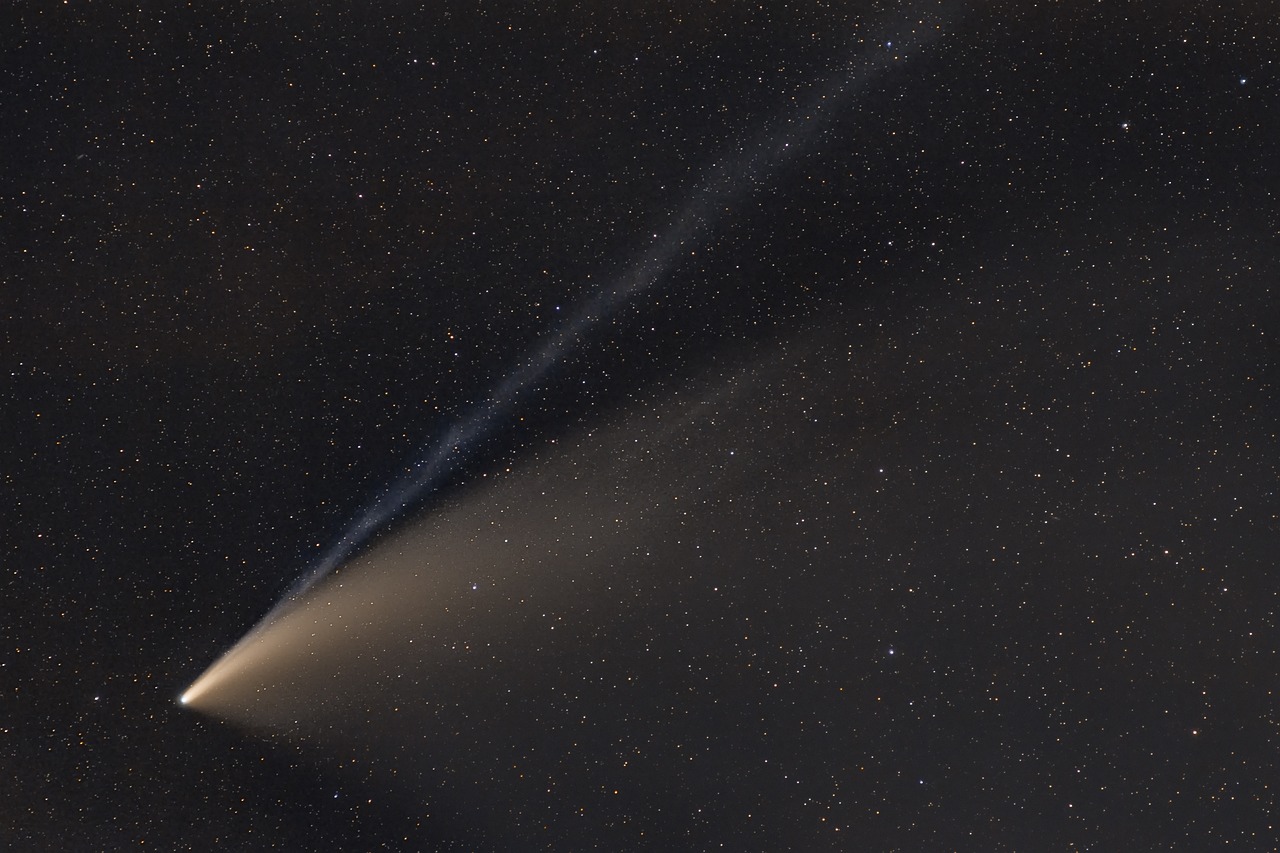
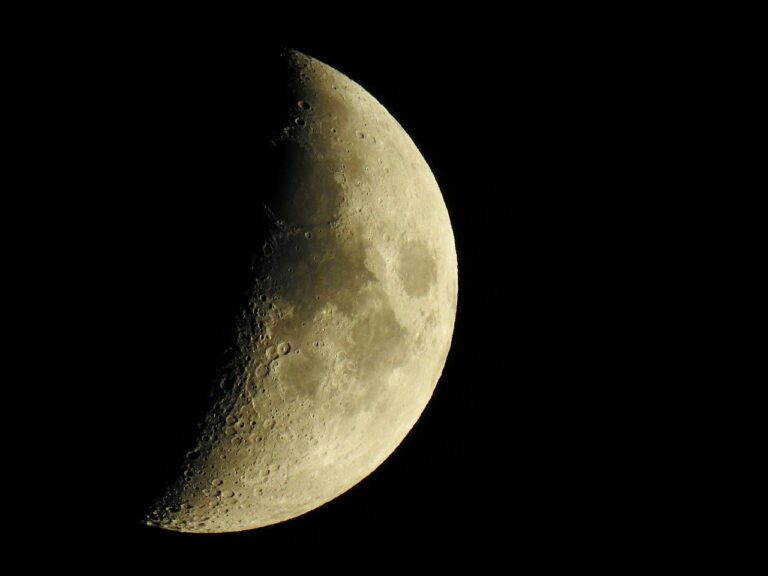
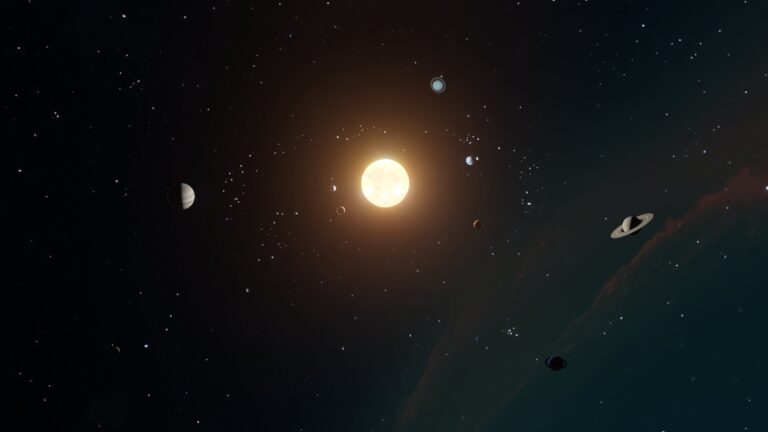
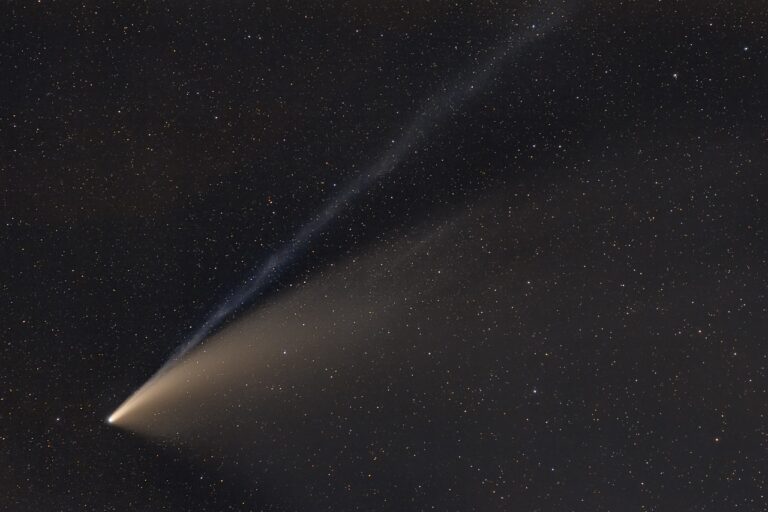
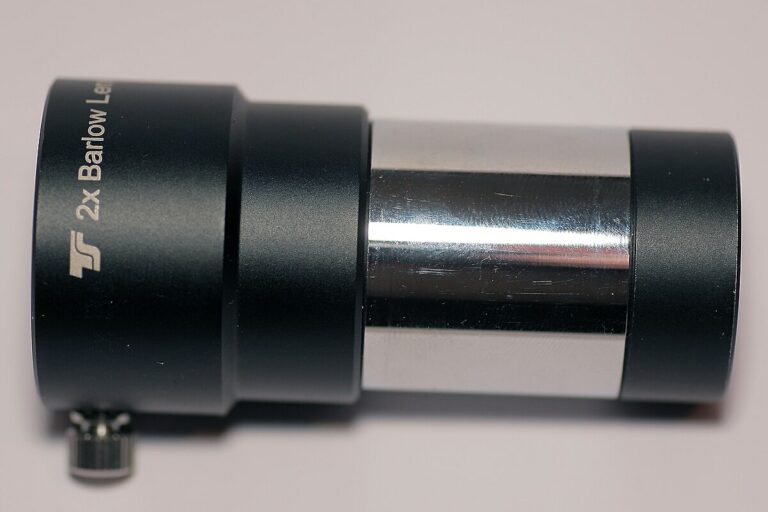
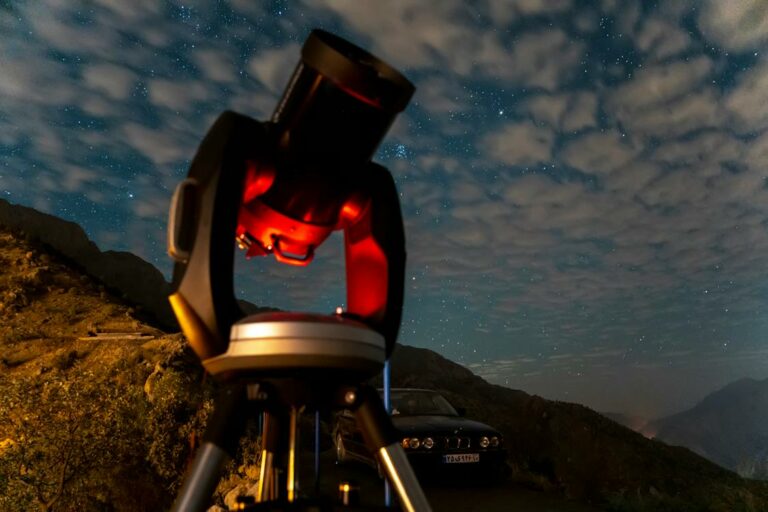
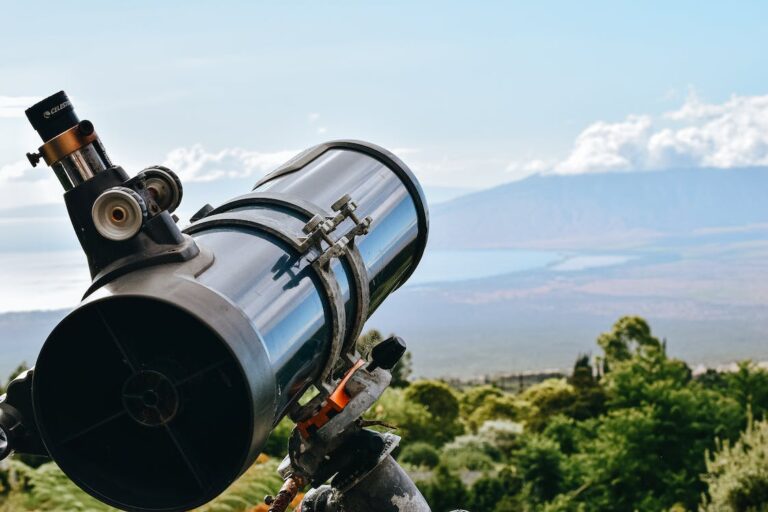
+ There are no comments
Add yours